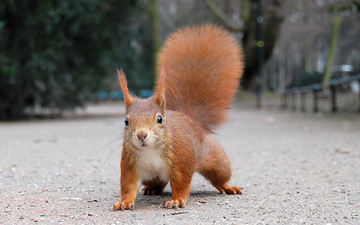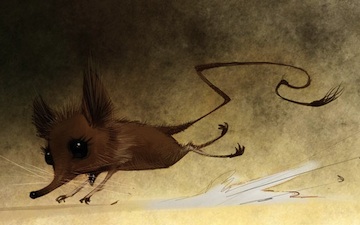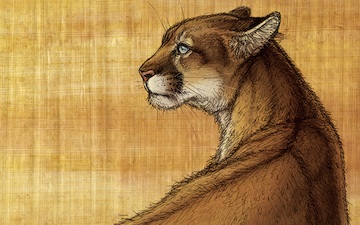Mammalia

Japanese Flying Squirrel
Pteromys momonga


4 POINTS
Play: Pteromys momonga has a MOVE of 2
Fact: Pteromys momonga blend so well with the coloration of the tree bark that they practically become invisible.

Giraffe
Giraffa camelopardalis



3 POINTS
Play: Giraffa camelopardalis has a MOVE of 2
Fact: There are about 9 different giraffe subspecies which are distinguished by their coat patterns.

Red Squirrel
Sciurus vulgaris



5 POINTS
Play: Sciurus vulgaris has a MOVE of 2.
Fact: Sciurus vulgaris do not hibernate but instead, hide food to see them through scarce periods.

Etruscan shrew
Suncus etruscus


6 POINTS
• Suncus etruscus has a MOVE of 2.
• Suncus etruscus feeds up to 25 times per day.

Cougar
Puma concolor


5 POINTS
• Puma concolor has a MOVE of 2, and can live on any land based TERRAIN.
• Puma concolor the highest number of names, with over 40 names in English alone.

Syrian hamster
Mesocricetus auratus


5 POINTS
• Mesocricetus auratus has a MOVE of 2.
• Mesocricetus auratus has expandable cheek pouches, which extend from its cheeks to its shoulders.